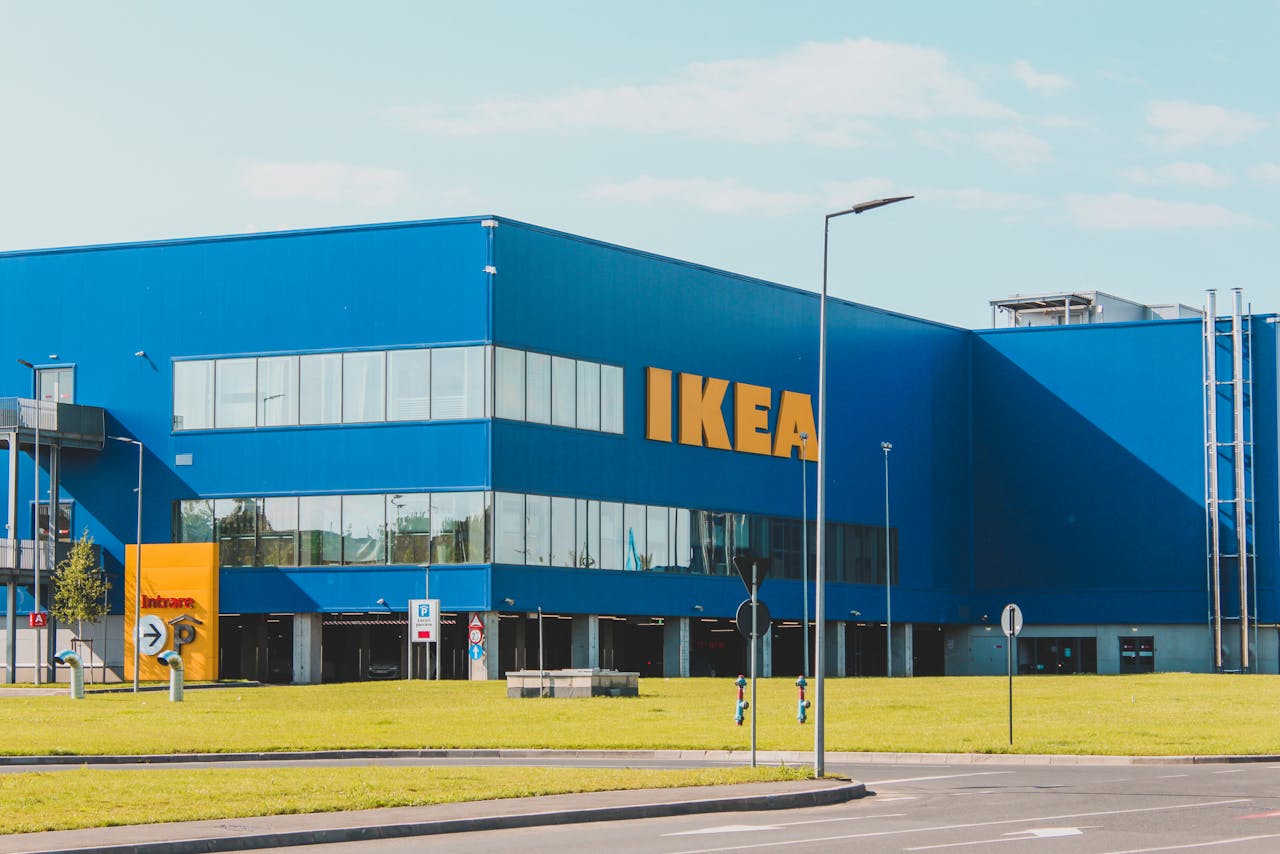
Second-hand takes first place
6 September, 2024
Did you know that 10% of the second-hand furniture market consists of Ikea products? With the growing popularity of thrifting, vintage shopping, and second-hand marketplaces, it’s perhaps surprising that Ikea itself hasn’t already joined the movement. But now, it has made its move.
This week, Ikea launched “Ikea Preowned,” a peer-to-peer marketplace where customers can sell their used Ikea furniture directly to others. With a global roll out planned for December, sellers will simply enter their product name, receive AI-generated photos and measurements from Ikea, add a comment on the item’s condition, and list it for sale. Buyers are responsible for arranging pick-up and inspecting the quality themselves. And to sweeten the deal, sellers have the option to receive cash or a 15% bonus if they choose Ikea vouchers instead. So Ikea joins Zara, Shien, H&M and Lego, throwing themselves into a booming second-hand economy.
It’s easy to see why big brands are drawn to the second-hand market. ThredUp, a leading resale platform in the U.S., reports that the global second-hand clothing market has skyrocketed from $141 billion in 2021 to $230 billion this year, and it’s expected to hit $350 billion by 2028. This growth rate is estimated to be three times that of new apparel. The key challenge now is to continue shifting consumer habits so they consider second-hand options before buying new to further this path of growth.
For businesses, embracing second-hand products is an exciting opportunity with the potential to demonstrate how they can evolve and thrive.
By Meg Seckel
 Back to all friday 5
Back to all friday 5